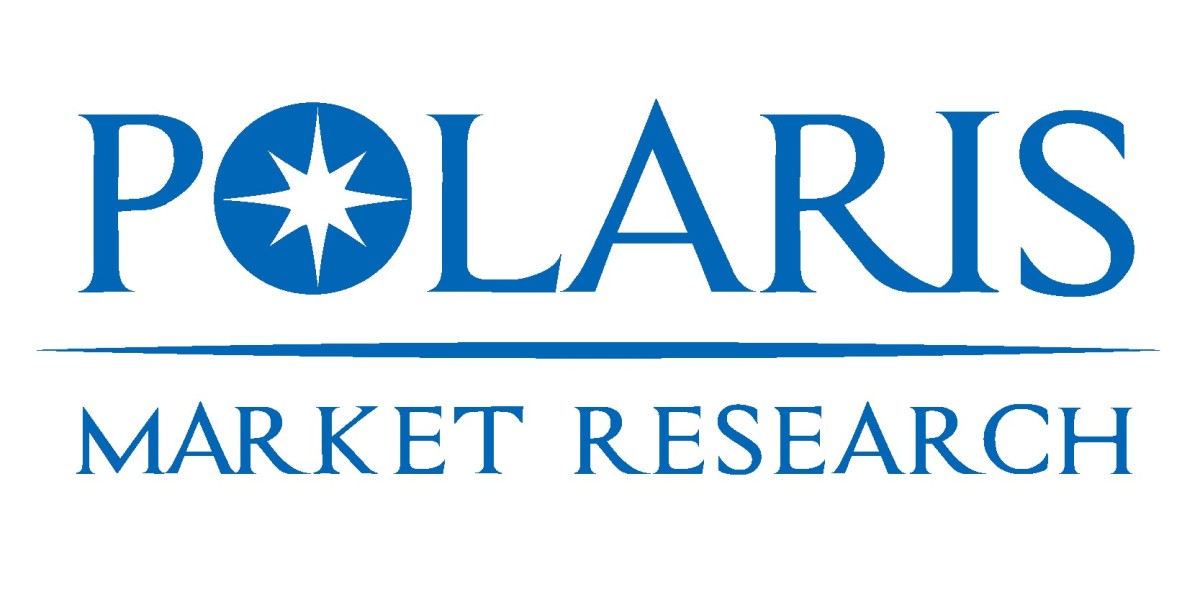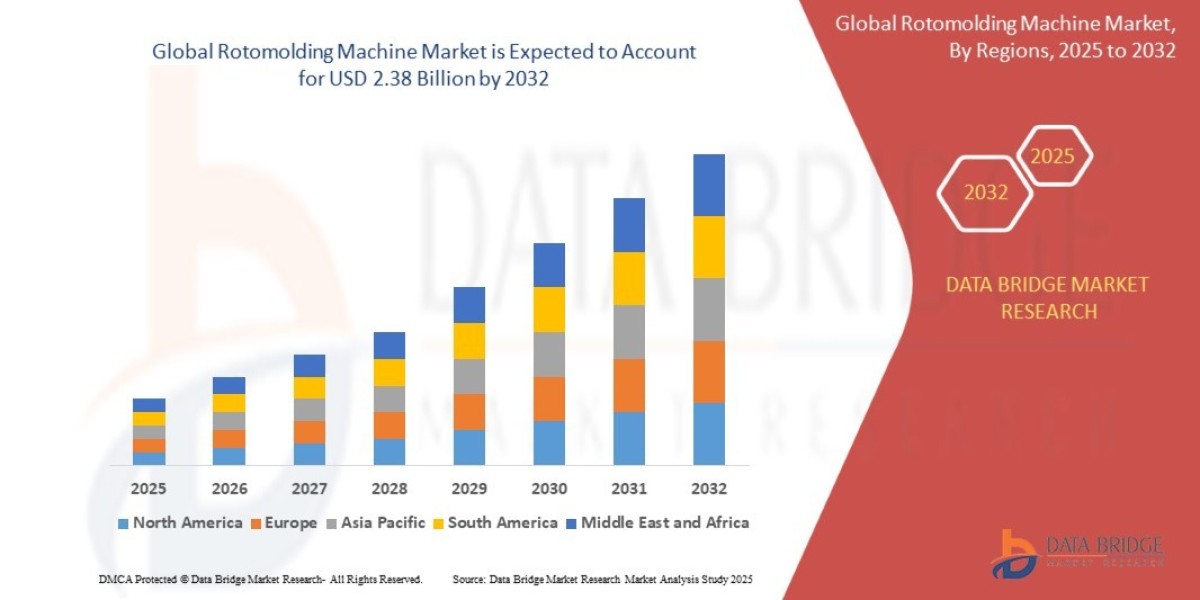Exoskeleton Wearable Robots Market Overview
The global wearable robots and exoskeletons market size was valued at USD 2.62 billion in 2024. It is projected to reach from USD 3.44 billion in 2025 to USD 30.75 billion by 2033, growing at a CAGR of 31.5% during the forecast period (2025–2033).
Download Exclusive Research Report PDF Sample: (Including Full TOC, List of Tables & Figures, Chart) : https://straitsresearch.com/report/exoskeleton-wearable-robots-market/request-sample
Exoskeleton Wearable Robots Market Report Scope and Research Methodology
This report provides both qualitative and quantitative insights, ensuring reliability, transparency, and depth of analysis. The scope defines the boundaries and categories of the market, enabling a clear understanding of its structure and dynamics.
The study evaluates market size and forecasts by analyzing key segments and sub-segments. It also explores drivers, restraints, and opportunities—including cost optimization, government initiatives, sustainability concerns, and ongoing technological innovations. Furthermore, the report examines competitive positioning, investment patterns, and regulatory influences shaping industry development.
Exoskeleton Wearable Robots Market Regional Insights
The regional assessment covers North America, Europe, Asia-Pacific, Latin America, the Middle East, and Africa. Each region is analyzed in terms of market share, growth trends, trade flows, and investment potential. By examining factors such as demand patterns, industry performance, and policy support, the report offers a comprehensive outlook on how the market evolves across diverse geographies.
Download Exclusive Research Report PDF Sample: (Including Full TOC, List of Tables & Figures, Chart) : https://straitsresearch.com/report/exoskeleton-wearable-robots-market/request-sample
Exoskeleton Wearable Robots Market Segmentation
- By Type
- Full body
- Upper and Lower Body
- By End-Users
- Industrial
- Defence
- Healthcare
- Others
- Search and Rescue Operations and Disaster Relief
- Sports and Fitness
- Agriculture
Exoskeleton Wearable Robots Market Key Players
- Atoun Inc.,
- Daiya Industry Co., Ltd.,
- Gogoa.EU,
- Harvard Biodesign Lab,
- ReWalk Robotics Inc.,
- Revision Military,
- SRI International,
- Lockheed Martin Corporation,
- Ekso Bionics,
- Hocoma,
- RB3D,
- Bioservo Technologies AB.
Download Exclusive Research Report PDF Sample: (Including Full TOC, List of Tables & Figures, Chart) : https://straitsresearch.com/report/exoskeleton-wearable-robots-market/request-sample
Key questions answered in the Exoskeleton Wearable Robots Market are:
- How big is the Exoskeleton Wearable Robots market?
- What is the expected size of Exoskeleton Wearable Robots market?
- How much is the global Exoskeleton Wearable Robots market worth?
- What is the Exoskeleton Wearable Robots market growth?
- Which segment accounted for the largest Exoskeleton Wearable Robots market share?
- What are the key Exoskeleton Wearable Robots market segments?
- What was the value of the Exoskeleton Wearable Robots market in North America in 2024?
- Which region held the largest share of the market?
- What are the factors driving the Exoskeleton Wearable Robots market?
- What are the leading key players in the Exoskeleton Wearable Robots market?
- Who are the key players in Exoskeleton Wearable Robots market?
About Straits Research:
Straits Research delivers in-depth market intelligence and actionable insights across multiple industries. Our reports are designed to guide decision-makers, investors, and businesses in identifying growth opportunities, navigating challenges, and developing effective strategies for sustainable success.








